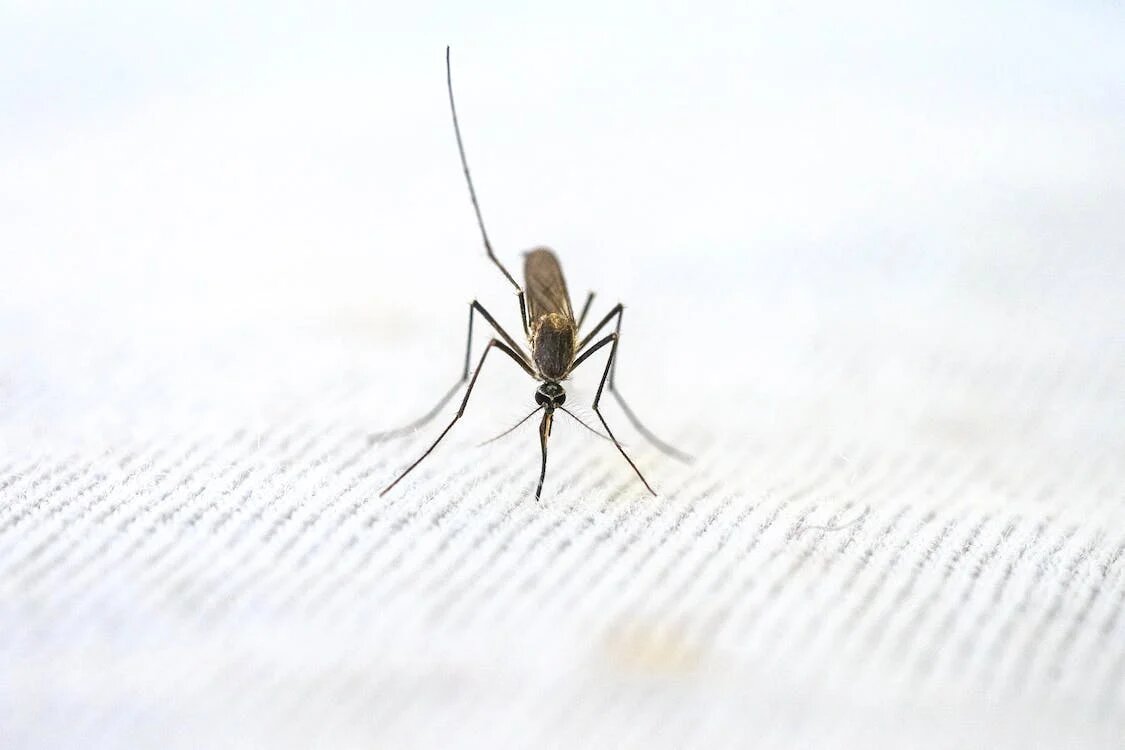Lifestyle diseases, malaria leading causes of poor health

In the past, adults in Kenya were more likely to die from communicable diseases, but that is now changing. One is now more likely to succumb to a non-communicable disease or an injury.
According to the Demographic and Health Survey, 2022, the leading causes of illness and death in Kenya today are cardiovascular diseases, cancers, diabetes and chronic respiratory diseases, including TB. Together they account for 59 per cent of deaths.
Among chronic respiratory diseases, pneumonia remains a leading cause of hospital visits, with cases reaching 2.15 million hospital visits in 2021, according to the Economic Survey published earlier this year.
Malaria is also a leading cause of illness among adults, with the number of hospital visits reaching a staggering 14.33 million in 2021, a sharp increase from about 7.95 million in 2017.
“Malaria is one of the leading causes of morbidity (illness) and mortality (death) in Kenya today, the latest Demographic and Health Survey says, listing Nyanza and Western on the one hand and the Coast regions on the other being the areas where one is at highest risk of contracting the disease spread by female anopheles mosquitoes.
The Central highlands of Kenya, which include Nairobi, are categorised as low risk malaria zones, but the northern and southern parts of the country are seasonal transmission areas, with cases going up during rainy weather.
“Approximately 30 per cent of the population is at risk of infection,” the survey says, quoting the Ministry of Health.
Going forward, however, this risk is likely to be mitigated after the World Health Organisation last week said Kenya is one of the African countries that will get the first batches of a new malaria vaccine.
The use of mosquito nets, especially among pregnant women, has also been proven to prevent adult deaths from malaria.
“Sixty four per cent of households have at least one mosquito net,” the Demographic Survey says. “54 per cent have at least one insecticide-treated net”, meaning that besides keeping mosquitos at bay, the nets can also repel them, thus further reducing the risk of infection.
“Pregnant women, especially those who are pregnant for the first time, are at an elevated risk of severe malaria in high malaria-risk regions due to reduced immunity,” the survey says, adding that in areas like Mombasa, Kwale, Kilifi, Tana River and Lamu, cases of illness and death have been mitigated by high use of nets.
Besides malaria, high blood sugar or diabetes also emerged as a leading cause of poor health among Kenyans. Although the absolute percentage was low, 73 per cent of the men and 63 per cent of women who had been told by a doctor or health professional that they were living with the condition were taking medication to manage the condition.
Other related illnesses like hypertension remain high, with Kirinyaga registering the highest percentage of women with the condition at 20 per cent. By contrast, Taita Taveta has the highest percentage of men with the condition at 18 per cent). Laikipia (16 per cent), Embu and Homa Bay (six per cent) follow at a close second and joint third. Across the country, one is more likely to get high blood pressure as they advance in age. Women in the range of 40 to 49 years had a 20 per cent chance of having blood pressure, compared to only two per cent among teenage girls.
Cases of blood pressure were also high among wealthy families compared to those at the bottom of the economic pyramid.
“Non-communicable diseases have four common risk factors: tobacco use, harmful use of alcohol, physical inactivity, and unhealthy diets,” the report says, signaling that some of these facts can be mitigated by a change in lifestyle. Other risk factors include environmental pollution and obesity.
The campaign against smoking has been on high gear since 1988, when the then Health Minister Mwai Kibaki directed that all cigarette packets carry the warning that “smoking is harmful to your health”. In more recent weeks, Deputy President Rigathi Gachagua has been leading a campaign to crack down on illicit brews, particularly in Central Kenya, where alcohol consumption is perceived to be high.
According to the survey, heart disease, lung disease and cancer also emerged as illnesses that have led to the poor health condition of many Kenyans.
“Early detection of cancer is one of the most effective ways of improving outcome of cancer treatment,” says the survey, which also points out that for conditions like breast and cervical cancer, women were more likely to be tested early if they live in towns compared to their rural counterparts. Tests were lowest among women who had not gone to school at all while those with a secondary school education accounted for the highest percentage of women who had been tested.
“The percentage of women tested for cervical cancer increases with wealth,” the report notes, indicating the economic disparities that can make the life-saving difference between early and late detection of the chronic disease.
Arthritis also emerged as a leading cause of poor health with Tharaka-Nithi (11 per cent) accounting for the highest percentage of people who had been told by a doctor that they had the condition. The neighbouring Meru was a close second, with Nyandarua rounding off the top three counties where respondents had been told by a doctor that they had the illness.
Other than the diseases and conditions, another leading cause of poor health among Kenyans was gender-based violence with at least 41 per cent of women who had a husband or lover reporting one form of violence or the other, including physical and economic compared to 36 per cent of men who had a wife or lover.
Thirty four per cent of the women and 27 per cent of the men said they had been subjected to physical violence by their spouses.
Not surprisingly, therefore, the survey also noted that mental health conditions, depression and anxiety had emerged as serious health concerns that require government intervention. Cases of depression and anxiety were highest in Bomet (21 per cent), Narok (17 per cent), Meru (10 per cent).
Generally, however, life expectancy in Kenya remains at 60.6 years for men and 66.5 for women.
“This shows that females live longer than males,” says the Economic Survey, which was published earlier this year. “However, in Isiolo County, the results indicate that males live longer than females.” Of note is that females in Nyeri County had the highest life expectancy (75.8 years).
On the overall, if a Kenyan attains the age of 60, chances that he or she will live longer increase if they live in Mombasa, Lamu and Bungoma. In these counties, men are likely to live for another 14.2 years once they hit retirement age while women are likely to live for another 17 years. Woe unto the men of retirement age if they live in Machakos, Homa Bay and Kajiado. These are the counties where life expectancy for males is lowest after 60.
For women, life expectancy increases after six if they live in Nyeri, Kiambu and Mombasa. The same, however, cannot be said about them if they live in Isiolo, Turkana, Kilifi and Tana River. So, people should choose their retirement counties carefully, so to speak.












